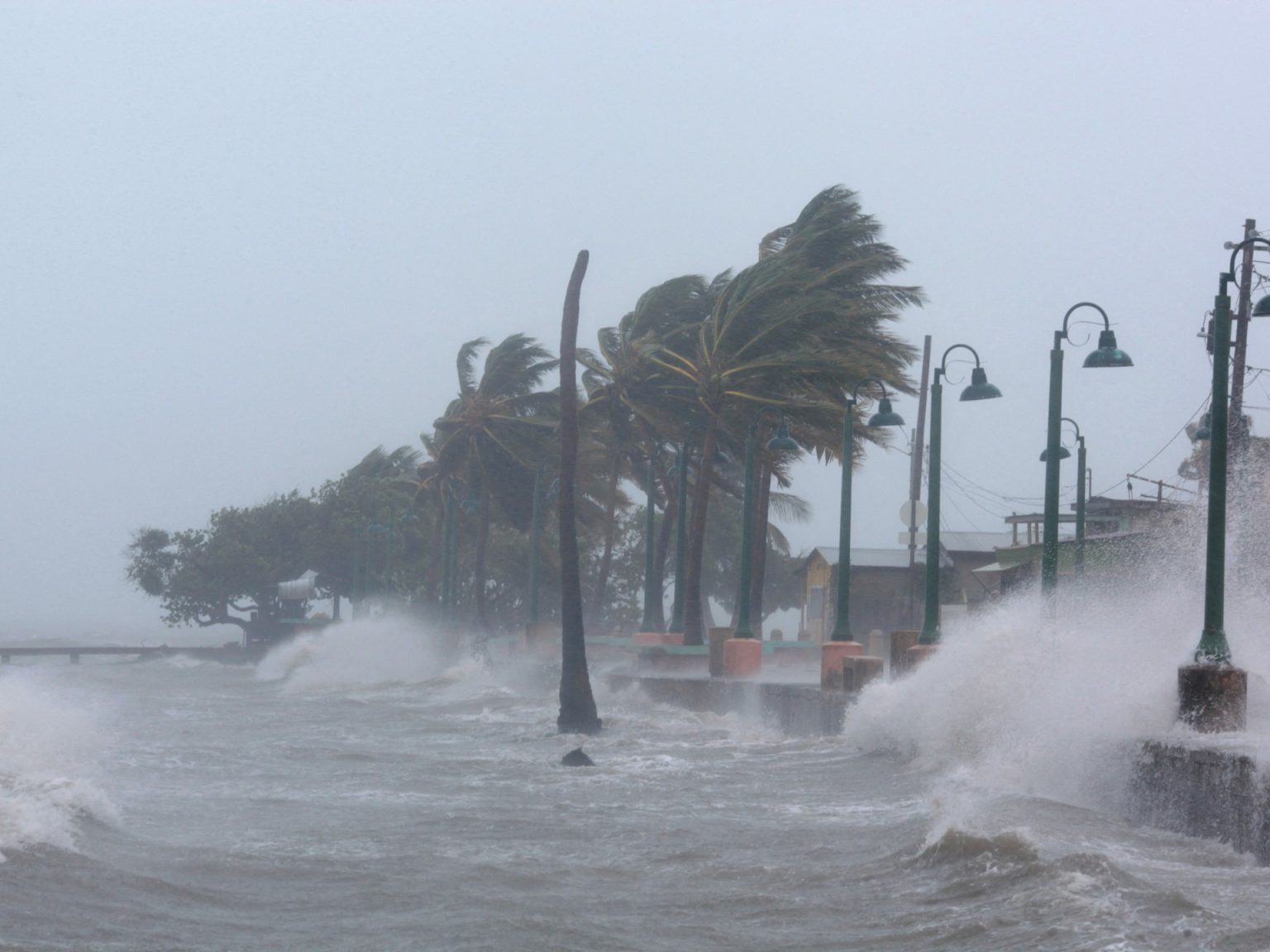The United Nations Population Fund (UNFPA) released a report revealing that nearly 41 million people in coastal areas of the Caribbean and Latin America are at risk of life-threatening weather events exacerbated by the climate crisis. This accounts for approximately 6% of the population in the region. Furthermore, the report found that nearly 1,450 hospitals crucial for maternal health and family planning are situated in low-lying coastal areas, making them more susceptible to natural disasters such as storms and flooding. The impact of climate change disproportionately affects women and girls, exacerbating existing inequalities and disrupting essential health services and livelihoods.
The report highlighted that more than 80% of hospitals in vulnerable areas such as Aruba, Cayman Islands, Suriname, Bahamas, and Guyana are at higher risk of dangerous storms. In Ecuador, nearly 12% of healthcare facilities are located in these areas, compared to 10% in Haiti and 7% in Brazil. These findings coincide with regional leaders convening in Antigua and Barbuda for a Small Island Developing States summit to address climate change and its impacts. Small island states in the Pacific, Atlantic, and Caribbean regions are particularly susceptible to economic crises and rising temperatures due to their exposure to natural disasters, high debt levels, and heavy reliance on imports and tourism.
Antigua and Barbuda’s Prime Minister Gaston Browne, the conference president, emphasized the urgency for nations to fulfill their commitments under the 2015 Paris Agreement, which aims to limit emissions and prevent temperatures from rising above 1.5 degrees Celsius above pre-industrial levels. Browne also called on wealthy nations to honor their pledge to provide $100 billion annually to support poorer countries in reducing emissions and adapting to extreme weather events. The impact of the climate crisis is evident in the increasing frequency and intensity of devastating storms, droughts, wildfires, flooding, and hurricanes globally, with the Atlantic basin predicted to experience above-normal hurricane activity this year.
Experts have identified various factors contributing to the heightened risk of hurricanes in 2024, including near-record warm ocean temperatures in the Atlantic Ocean, the development of La Nina conditions in the Pacific, reduced Atlantic trade winds, and less wind shear. The Atlantic hurricane season typically spans from June to November, posing significant challenges for vulnerable coastal communities. As climate change continues to escalate, urgent action is needed to mitigate its impacts, protect vulnerable populations, and build resilience in the face of extreme weather events. The intersection of environmental challenges and public health vulnerabilities underscores the need for comprehensive strategies to address the climate crisis and safeguard the health and well-being of communities at risk.


